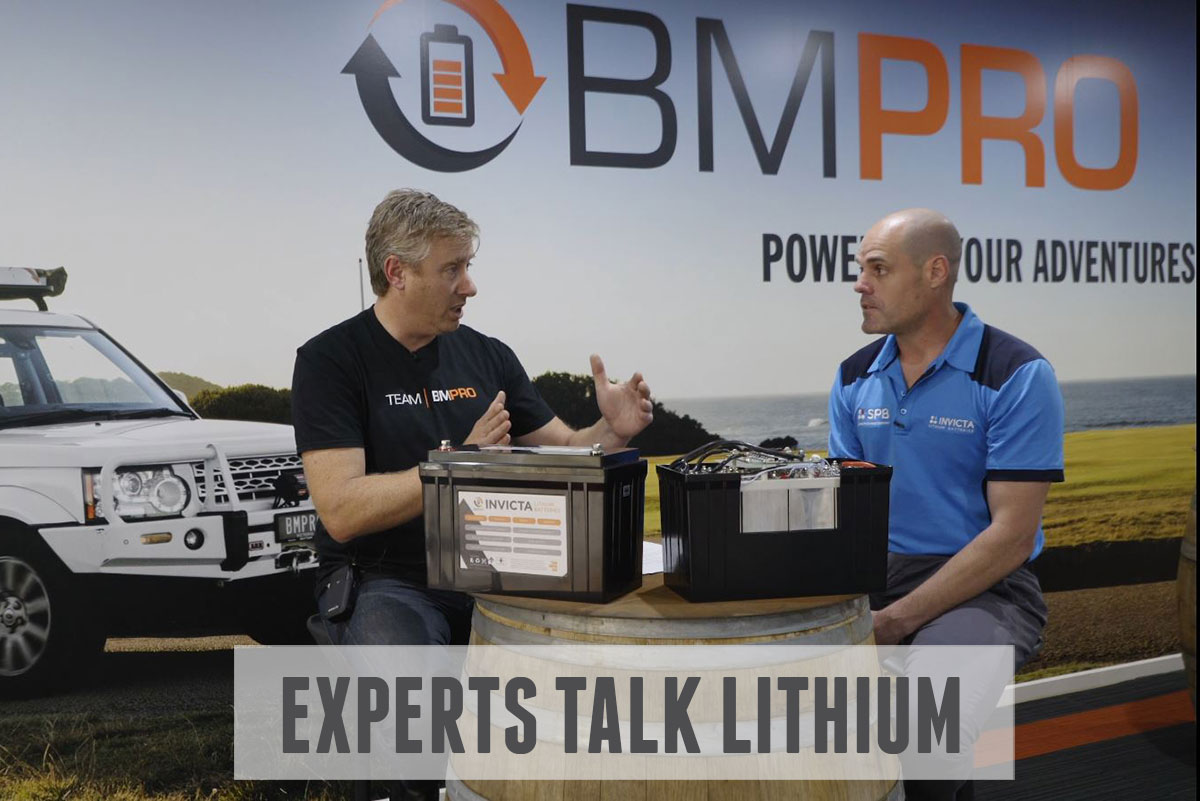RV Lithium Batteries – The new kid on the block
RV Lithium batteries – deep cycle applications
Lithium batteries have been around for a long time. Many people would recognise smaller cell AA and AAA type batteries for toys and then of more recent times in a different form in mobile phones. This technology offers many benefits, and, in these examples, it is obviously weight and energy density. Lithium batteries are now expanding their capabilities and now RVing is the next beneficiary of this technology for similar reasons.
It is important to point out that there is a difference in Lithium technologies. For example, the batteries used in mobile phones are a Lithium-Cobalt Oxide whereas the chemistry used in RV lithium batteries is a Lithium Iron Phosphate (LiFEPO4). Several other types of Lithium batteries have slightly different properties in specific energy and power, cost, life span, performance and safety. Generally though they are just lumped together as Lithium batteries.
The LiFEPO4 batteries are the most suitable to replace deep cycle 12V batteries as we know them in RVing. They have even been configured to be close, in some case identical, to the same shape and size.
LiFePO4 vs lead acid batteries
Internally a lead acid battery is quite crude and most testing will prove that when you purchase a 100Ahr lead acid battery it rarely provides this full capacity. A sealed black box of a lead acid battery utilises a primitive chemical reaction used to create energy effectively for decades.
Lead acid batteries effectively generate energy by creating a chemical reaction between the cathode and anode where lithium batteries are about the movement of the lithium ions which are stored in the separator from the positive (anode) to the negative (cathode). When the battery is charging the ions move from one electrode to the other and when it is discharging and supply power the lithium ions move the opposite direction.
Internally a standard lead acid battery has 6 – 2V cells whereas a lithium battery has 4 – 3.2V cells to form a 12V battery. These cells are set in parallel and managed by a critical set of electronics called a Power Management System (BMS). BMS manages all the cells to ensure that they are being charged and discharged evenly and are all balanced.
BMS electronics provide a range of safety features including a shutdown process if the battery is discharged fully so that is can be recovered with a suitable charger.
Advantages of lithium batteries in caravanning
As this series of stories on Lithium will show there are a range of fantastic features of lithium batteries when compared to lead acid alternatives of yesteryear. Yes, we certainly understand that upfront it is an investment however there are substantial advantages such as
- Lithium batteries are less than half the weight of lead acid batteries which makes it obviously a better choice – carry more refreshments!
- Available energy in the same space mean that if you discharge a Lithium battery to 20% depth of discharge (DOD) and a Lead Acid to 50% (DOD) you receive 60% more energy
- Lithium batteries have superior lifetime – you would have replaced the lead acid battery five times before replacing the Lithium
- Faster charge and discharge means you can recharge batteries faster with available sources such as AC/DC/Solar and they are perfect for those using inverters to power that coffee machine
Follow our YouTube video series on RV Lithium batteries so that you get all the facts behind the hype and can make the right decisions for your RVing adventures.
Like this Post? Share it!




